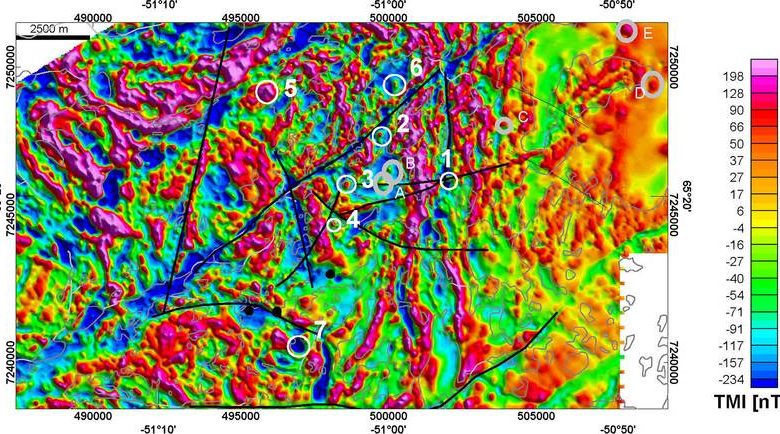All Categories
Featured
Table of Contents
What Are Geophysical Surveys & Why Do They Matter in Churchlands WA 2022
Time piece from 23 to 25ns. This last slice is now practically all blank, however a few of the walls are still showing highly.
How deep are these pieces? Regrettably, the software I have access to makes estimating the depth a little difficult. If, nevertheless, the leading 3 pieces represent the ploughsoil, which is probably about 30cm think, I would think that each slice has to do with 10cm and we are just coming down about 80cm in overall.

Thankfully for us, the majority of the websites we have an interest in lie just below the plough zone, so it'll do! How does this compare to the other approaches? Contrast of the Earth Resistance data (top left), the magnetometry (bottom left), the 1517ns time slice (top right) and the 1921ns time piece (bottom left).
Geophysical Surveys in Doubleview Oz 2020
Magnetometry, as talked about above, is a passive strategy determining local variations in magnetism against a localised zero value. Magnetic vulnerability survey is an active technique: it is a step of how magnetic a sample of sediment could be in the presence of an electromagnetic field. Just how much soil is checked depends on the diameter of the test coil: it can be very small or it can be relatively large.
The sensor in this case is really little and samples a tiny sample of soil. The Bartington magnetic vulnerability meter with a large "field coil" in use at Verulamium during the course in 2013. Leading soil will be magnetically improved compared to subsoils merely due to natural oxidation and reduction.
By measuring magnetic vulnerability at a relatively coarse scale, we can identify areas of human occupation and middens. We do not have access to a dependable mag sus meter, but Jarrod Burks (who assisted teach at the course in 2013) has some excellent examples. One of which is the Wildcat website in Ohio.
Geophysical Surveys in Watermans Bay WA 2021
These towns are typically set out around a central open location or plaza, such as this rebuilt example at Sunwatch, Dayton, Ohio. Sunwatch Town, Dayton, Ohio (photo: Jarrod Burks). At the Wildcat website, the magnetometer study had actually located a variety of functions and houses. The magnetic susceptibility study assisted, nevertheless, define the main area of profession and midden which surrounded the more open location.
Jarrod Burks' magnetic susceptibility survey arises from the Wildcat site, Ohio. Red is high, blue is low. The technique is therefore of excellent use in specifying areas of general profession rather than determining particular functions.
Geophysical surveying is an applied branch of geophysics, which utilizes seismic, gravitational, magnetic, electrical and electro-magnetic physical methods at the Earth's surface area to determine the physical properties of the subsurface - Geophysical Survey Services - Geophysical Test Methods in Beechboro Oz 2023. Geophysical surveying methods typically determine these geophysical homes along with abnormalities in order to evaluate numerous subsurface conditions such as the existence of groundwater, bedrock, minerals, oil and gas, geothermal resources, voids and cavities, and much more.
Table of Contents
Latest Posts
Greeley-evans Area 3d Geophysical Survey in Bicton Australia 2022
Airborne Geophysical Methods in Bateman Western Australia 2022
Integrated Geophysical Surveys For The Safety in Beeliar Australia 2021
More
Latest Posts
Greeley-evans Area 3d Geophysical Survey in Bicton Australia 2022
Airborne Geophysical Methods in Bateman Western Australia 2022
Integrated Geophysical Surveys For The Safety in Beeliar Australia 2021